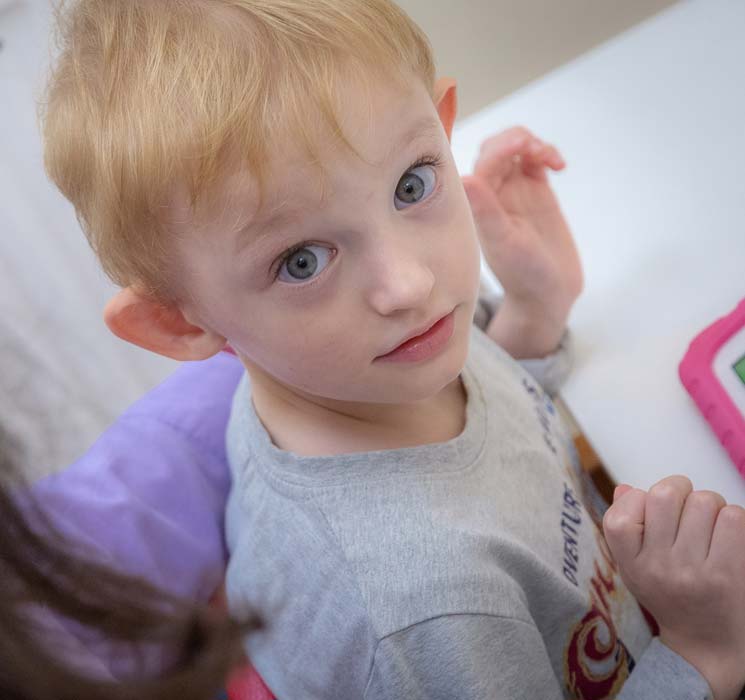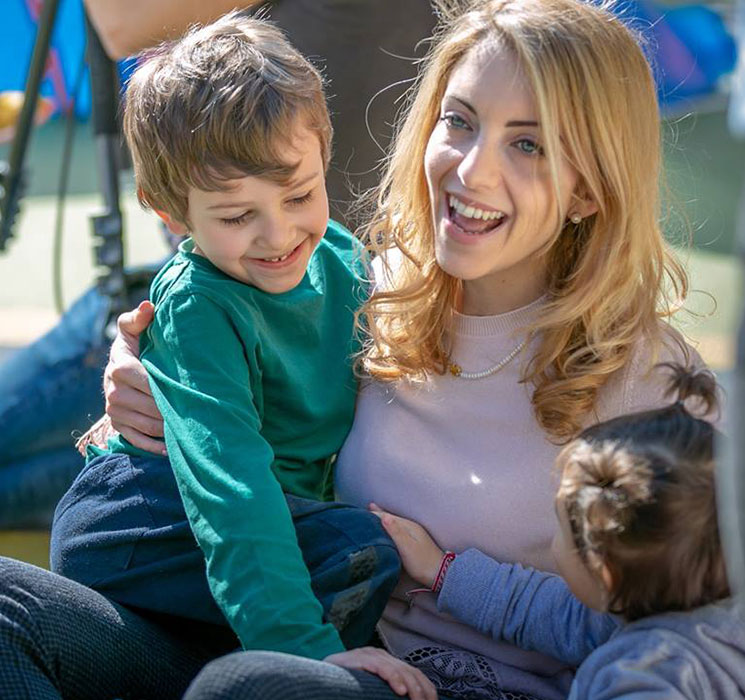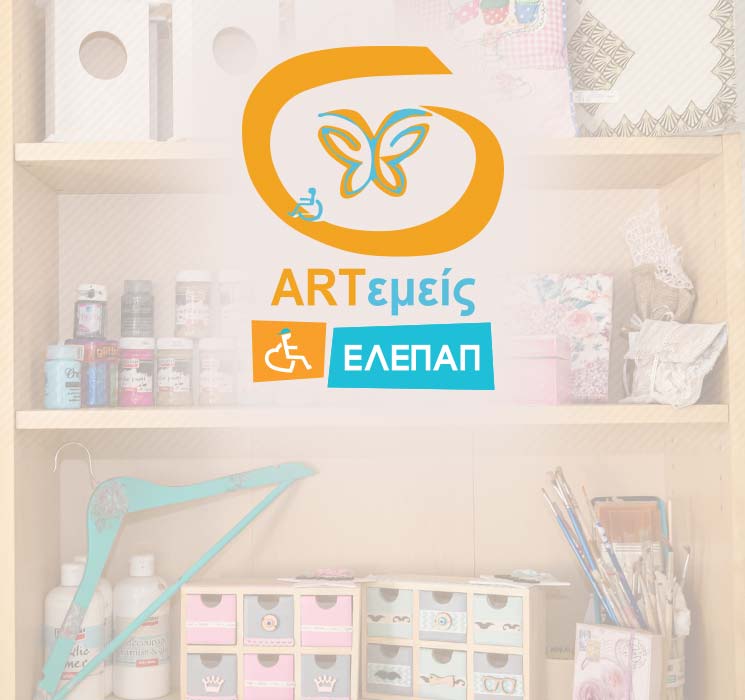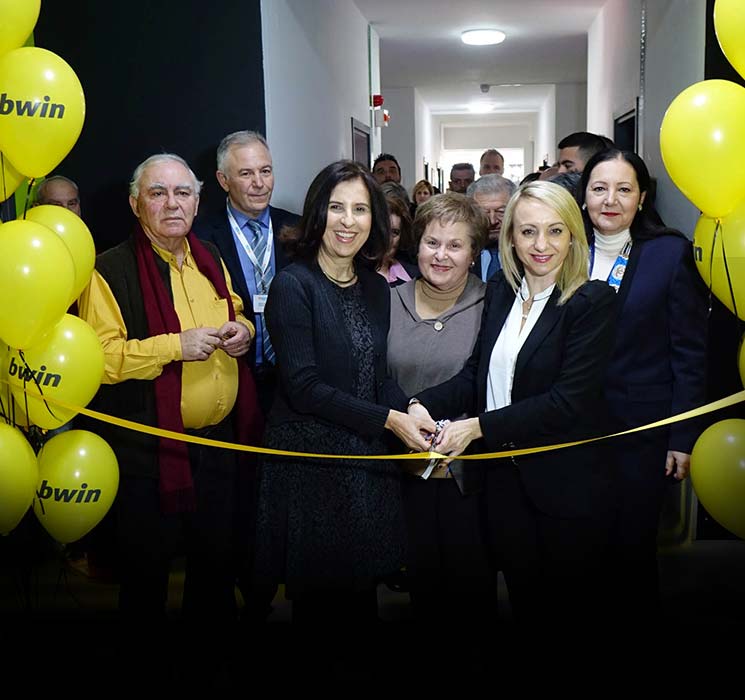Our History

ELEPAP is the oldest charitable organization in the country, we are proud to count over 80 years of operation. Every decade that passed, ELEPAP was building little by little "the right of children to an equal life" firmly, with solid foundations. ELEPAP grew up for more than eighty years, as did its children, who are now preparing to take their own "life steps".
More than 100,000 children with mainly motor disabilities and cerebral palsy have taken their own small or big steps with us. They are welcome in their "home", even when they are adults. After all, their families are our great companions. In the 6 centers of ELEPAP, in Athens, Thessaloniki, Chania, Ioannina, Volos and Agrinio, the work that is done is systematic and the care for the child that comes to us is a given. Nationwide, more than 1000 children participate, daily, in therapeutic, counseling and educational programs.

With its rich work, ELEPAP has essentially mapped, for the last 70 years, the epidemiology of child mobility disability in Greece. ELEPAP starts in 1937 with the aim of putting aside the "physical handicaps" of the disabled child and taking it "out of the margins of life". The struggle was halted during World War II, when disability erupted - war injuries exacerbated the situation while depriving children of diseases such as rickets appeared.With the polio epidemic that broke out in 1949, ELEPAP treats 599 children. For at least three decades, children with mobility problems due to polio accounted for 1/3 of cases in need of care. Cases of polio declined sharply in the 1970s and ceased in the 1980s.
In the 1970s, a significant proportion of childhood motor disabilities were due to obstetric paralysis. The rate began to decline significantly in the early 1980s, due to better care during childbirth and an increase in caesarean sections. The incidence of cerebral palsy, however, remains constant, as smaller and smaller preterm infants survive. Cerebral palsy affects 1-2 ‰ of children born.
Diseases that are genetically transmitted and affect the formation of the fetal skeleton are now reduced, while they can be detected by ultrasound. Unfortunately, metabolic diseases are now a significant percentage, which needs special attention.

Today there is an increase in children with motor disabilities due to:
- The largest number of child accidents
- Increased rate of prematurity (due to in vitro fertilization, etc.)
- The negative first in the existence of road accidents in our country.
Based on the rich work of ELEPAP in the field of treatment and rehabilitation of children with disabilities, it appears that today, the largest percentage of children with mobility disabilities need a comprehensive rehabilitation program.
In addition to medical monitoring and treatment, the child should attend programs to strengthen learning functions (such as attention, concentration, speech, synthetic and analytical thinking), as well as early intervention programs, special education, ergonomics, counseling support. and social support.















